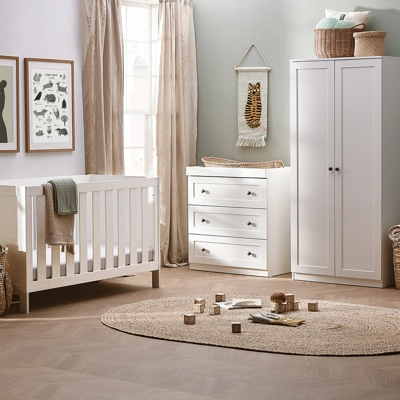
Sale
New In
Pushchairs & Strollers
Car Seats
Nursery
Feeding
Family Hub

Includes Buffet Highchair, Mealtime set, Silicone tray

Includes Clic 2 stroller, Clic stroller bag and rain cover


For the best night’s sleep in every trimester
Pre-eclampsia (PET) is a condition that is specific to pregnancy, meaning pre-fit or seizure. Around 2-8% of expectant mums will develop it and around 0.5% will have severe PET. There has been a lot of research into the condition, but we still do not know for sure what the exact cause is.
The condition will usually occur after the second half pregnancy, so that’s after 20 weeks. It’s usually picked up during an antenatal check as we organise our antenatal screening checks and tests around picking up pregnancy related conditions, especially PET.
Initial signs that indicate pre-eclampsia will be high blood pressure readings and protein in the urine, alongside some other symptoms you may notice such as headaches and swelling – especially around the hands, feet and face. That said, many women feel well and do not have any symptoms. I have seen mums very confused by my referral into hospital because they don’t feel unwell. Yet from my checks I can see it’s likely they have PET and need some form of treatment or additional tests.
Looking for protein is one of the reasons we are a little obsessed with getting your urine sample at each appointment. We can tell a surprising amount from what’s kicking about in your urine, from infection to diabetes and, as mentioned, pre-eclampsia. Just because there is protein in the urine, it doesn’t mean you definitely have PET, as this can be caused by things such as infection or if the waters have gone and are leaking into the urine samples.
"We can tell a surprising amount from what’s kicking about in your urine, from infection to diabetes and, as mentioned, pre-eclampsia."
If we find there is protein in your urine, we’ll document this and often request for it to be sent to the lab for further testing – something called a UPCR. We then get a more accurate reading of how much protein there is in the urine. The amount of protein is a key indicator of PET, especially if there is no other known cause for this. We will also recommend some blood tests to have a look at the liver function.
When it comes to blood pressure, we do expect to see a gradual rise during pregnancy – after all, your cardiovascular system is working a lot harder to support your growing baby. But we have a threshold for what we consider to be a normal increase – we consider what your blood pressure was at the start of your pregnancy and what it is later on in pregnancy.
Women who are identified as being of an increased risk of developing PET are those with pre-existing kidney problems, carrying twins or those who have had PET before. Due to the increased chance, we recommended those mums starting on ‘baby aspirin’ or a low dose aspirin, which is 75mg dose from 12 weeks. We also offer home monitoring of blood pressure in many hospital trusts now, where we give mums a monitor to check their own blood pressure and ensure they know the thresholds for what’s normal (which is usually 140/90) and when/who to call if it’s increased.
"Women who are identified as being of an increased risk of developing PET are those with pre-existing kidney problems, carrying twins or those who have had PET before."
The treatment for PET is the birth of the baby, which is sometimes impossible under 37 weeks nor serious enough to indicate an induction or C-section after 37 weeks. Instead, medication to help keep blood pressure within normal limits is often prescribed, also known as antihypertensives. This medication does not deal with the underlying problem though, it only helps to manage it.
There will be some rare occasions where mums need to deliver their baby early to get better and therefore their baby may then need to go to special care, depending on how early this is recommended. This is rare though and not something to fixate on if you are diagnosed with PET. We can also start another medication to prevent fitting, called magnesium sulphate, but this is only used when it’s really necessary and if your reflexes are really brisk or your blood pressure is really high.
There is a new blood test known as PLGF that can help us identify how likely a mum-to-be is to develop pre-eclampsia and whether she needs to be in hospital. It’s great as lots of mums we may have previously recommended staying in hospital are able to go home with extra monitoring there instead of being on a ward.
If you have any of the symptoms of PET or any concerns, please do always talk to your midwife and get checked. It’s always best we catch this earlier rather than later.

Marie Louise is an experienced Midwife, PTLLS adult educator and hypno-birthing teacher from the UK. She has travelled extensively to learn about midwifery in different cultures and has also practised in Australia. She runs ‘Modern Midwives Meetups’ which provide a safe space for midwives to share best practice and hear from experts in the maternity field. Marie Louise is a sought after expert and has most recently been invited to Parliament to discuss maternal mental health and maternity discrimination. She's also a communications partner for Child.Org, an equal opportunities charity for children and advises Cocoon Family Health, a perinatal mental health charity based in London.